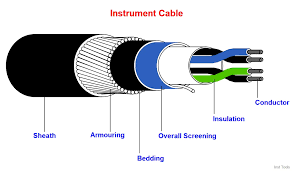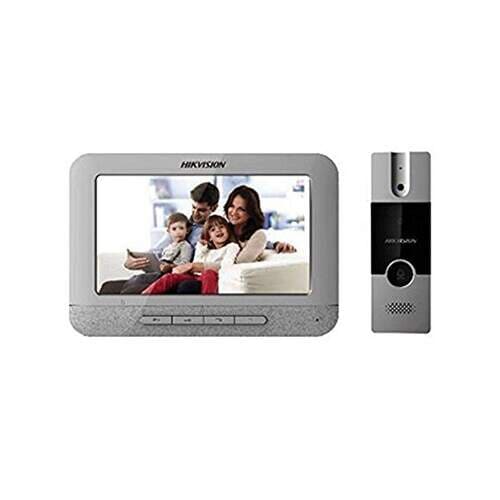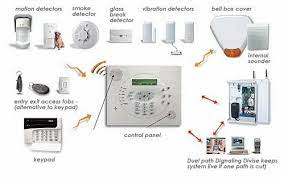The Importance of Cables in Modern Technology
In the realm of modern technology, cables play a crucial role in connecting various devices and systems to enable seamless communication and functionality. From power cables that deliver electricity to data cables that transmit information, cables are the unsung heroes that keep our digital world running smoothly.
One of the most common types of cables is the Ethernet cable, which is used to establish wired connections for networking purposes. Ethernet cables are essential for connecting computers, routers, and other devices to create local area networks (LANs) and provide reliable internet access.
Another vital type of cable is the HDMI cable, which is widely used for transmitting high-definition audio and video signals between devices such as TVs, monitors, and gaming consoles. HDMI cables ensure crisp and clear multimedia experiences by delivering uncompressed digital content.
Power cables are perhaps the most ubiquitous type of cable, responsible for supplying electrical power to a wide range of devices and appliances. Without power cables, our electronic gadgets would be rendered useless, highlighting the indispensable nature of these simple yet essential components.
As technology continues to advance at a rapid pace, the demand for specialized cables tailored to specific applications has also increased. Fiber optic cables, for instance, are revolutionizing data transmission by offering high-speed connectivity over long distances with minimal signal loss.
Overall, cables form the backbone of modern technology infrastructure, enabling seamless communication, power delivery, and data transmission across various electronic devices and systems. Their importance cannot be overstated in a world where connectivity is key to driving innovation and progress.
8 Essential Tips for Proper Cable Management and Safety
- Avoid bending the cable at sharp angles to prevent damage.
- Use cable organizers to keep cables neat and organized.
- Do not overload electrical outlets with too many cables.
- Regularly inspect cables for signs of wear and tear.
- Unplug cables properly by holding the plug, not the cord.
- Keep cables away from heat sources to prevent melting or fire hazards.
- Label cables for easy identification when troubleshooting or reorganizing.
- Consider using cable ties or clips to secure loose cables and reduce clutter.
Avoid bending the cable at sharp angles to prevent damage.
To ensure the longevity and optimal performance of your cable, it is essential to avoid bending it at sharp angles. Bending the cable sharply can lead to damage such as kinks or breaks in the internal wires, resulting in connectivity issues or even complete failure. By handling the cable with care and avoiding sharp bends, you can maintain its integrity and reliability for continued use in your electronic devices.
Use cable organizers to keep cables neat and organized.
To maintain a tidy and organized workspace, it is advisable to utilize cable organizers to manage and arrange cables efficiently. Cable organizers help prevent tangled cords and clutter, making it easier to identify and access the necessary cables when needed. By keeping cables neat and organized with the help of cable organizers, you can enhance productivity, reduce the risk of accidents caused by tripping over loose wires, and create a visually appealing environment conducive to focus and concentration.
Do not overload electrical outlets with too many cables.
It is important to avoid overloading electrical outlets with an excessive number of cables. Overloading outlets can lead to overheating, short circuits, and even electrical fires. By plugging in only the necessary cables and avoiding daisy-chaining multiple power strips or extension cords, you can ensure that your electrical system remains safe and efficient. Remember to periodically check the condition of your cables and outlets to prevent potential hazards and maintain a secure electrical setup in your home or workplace.
Regularly inspect cables for signs of wear and tear.
It is essential to regularly inspect cables for signs of wear and tear to ensure their continued functionality and safety. Fraying, exposed wires, or damage to the outer insulation can compromise the integrity of the cable and pose a risk of electrical hazards or connectivity issues. By conducting routine inspections and promptly addressing any issues, you can prevent potential accidents and maintain the reliability of your cable connections for optimal performance.
Unplug cables properly by holding the plug, not the cord.
To ensure the safe handling of cables, it is important to unplug them properly by holding the plug itself rather than pulling on the cord. By grasping the plug when disconnecting cables, you can prevent damage to the cord and connectors, thus prolonging the lifespan of the cable and maintaining optimal functionality. This simple yet crucial tip promotes proper cable management practices and helps avoid potential issues such as fraying or breakage that may occur when tugging on the cord.
Keep cables away from heat sources to prevent melting or fire hazards.
It is crucial to keep cables away from heat sources to prevent potential risks such as melting or fire hazards. Excessive heat can cause the insulation around cables to degrade, leading to short circuits or even fires. By ensuring that cables are not in close proximity to heat-emitting devices or sources, you can maintain the safety and integrity of your electrical connections. Regularly inspecting and organizing cables in a safe manner can help mitigate the risk of accidents and ensure the reliable performance of your electronic equipment.
Label cables for easy identification when troubleshooting or reorganizing.
Labeling cables is a simple yet effective tip that can significantly streamline troubleshooting and reorganizing tasks. By clearly marking cables with relevant information such as device names, locations, or functions, you can easily identify and trace them back to their respective connections. This practice not only saves time and effort during maintenance or troubleshooting but also ensures a more organized and efficient cable management system. Whether you are dealing with a complex network setup or a home entertainment system, labeling cables is a smart strategy that can prevent confusion and errors while working with multiple interconnected devices.
Consider using cable ties or clips to secure loose cables and reduce clutter.
Consider using cable ties or clips to secure loose cables and reduce clutter. By organizing and fastening cables with cable ties or clips, you can prevent tangling, tripping hazards, and unsightly cable mess. This simple tip not only improves the aesthetics of your workspace but also makes it easier to identify and access specific cables when needed. Keeping cables neatly secured not only enhances safety but also promotes a more organized and efficient environment for your electronic devices and systems.



